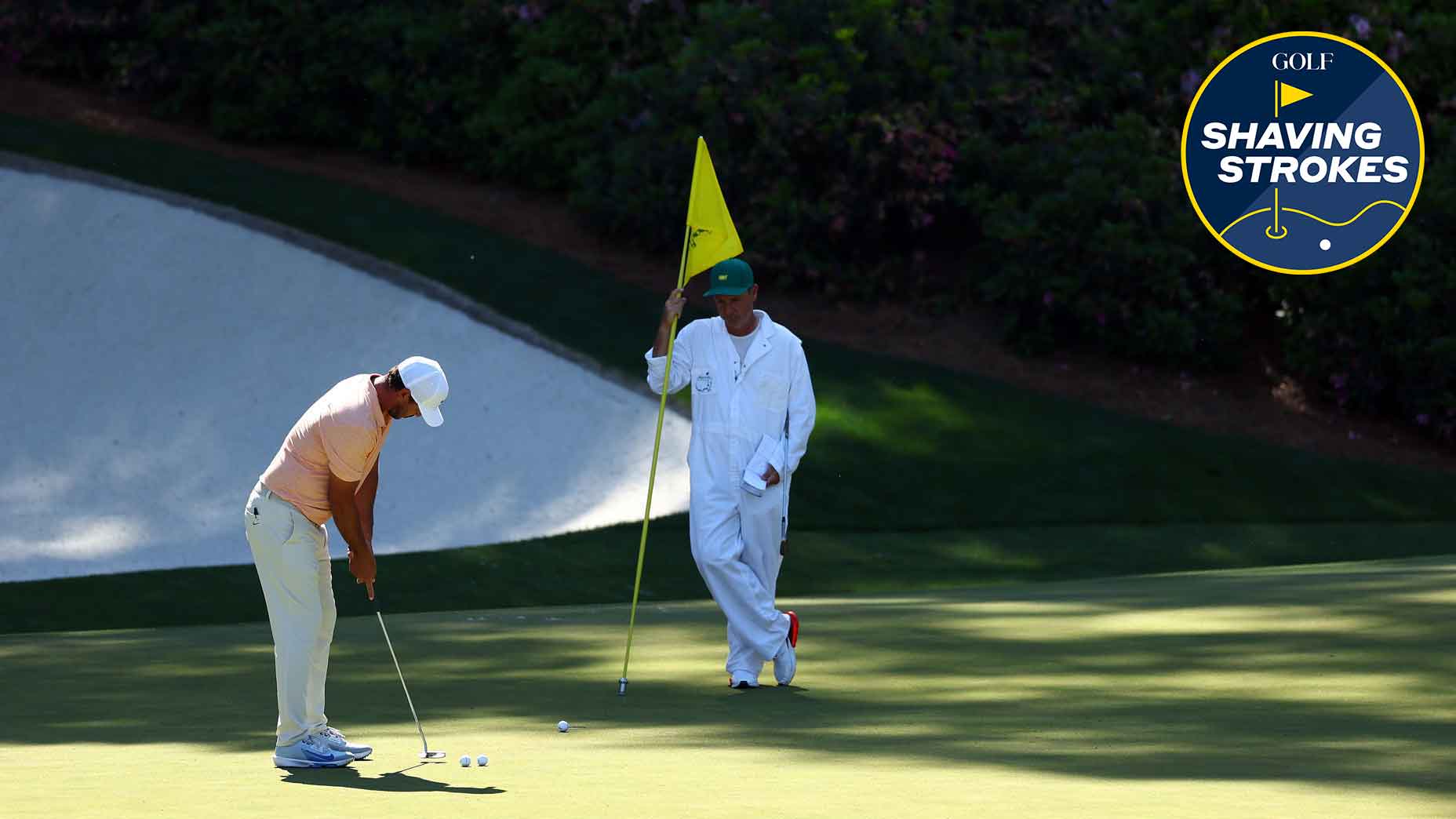 How to develop the traits that all great putters have in common
How to develop the traits that all great putters have in common
Mark Broadie: This commonplace golf strategy doesn’t actually work
During the final round of the 2019 Arnold Palmer Bay Hill Invitational, Francesco Molinari hit a tee shot on the 215-yard par-3 14th hole that left him with an eight-footer for birdie.
Great tee ball, Francesco.
But what are the chances of carding 2 here instead of a two-putt par? To answer that question, you have to know the slope.
On typical eight-footers, putt difficulty varies considerably depending on green contours. Fast fact: Uphill putts are easier than downhillers. The main reason uphillers are sunk at a higher rate is that they’re typically struck harder, so they don’t break as much and are less affected by gravity and green-reading errors. In fact, eight-foot uphill putts are sunk five percent more often than eight-foot downhill putts, on average. The steeper the slope, the more the uphill-downhill difference is magnified. Harder still are big, breaking, sidehill-downhill putts.
On steep slopes, eight-foot sidehill-downhillers are sunk almost 20 percent less frequently than their uphill-sidehill counterparts. That’s a huge difference! While the type of putt makes a difference, the primary factor that determines the difficulty of any putt is overall distance.
PGA Tour pros sink just 50 percent of all eight-footers, but 77 percent of all five-footers! Even difficult five-footers are sunk at a higher rate than easy eight-footers, with occasional exceptions, such as those attempted on Augusta National–like greens. In calculating its Strokes Gained Putting stat, the PGA Tour uses putt distance as the only measure of putt difficulty. As you’ve just learned, there’s more to gauging make or miss percentages than length.
To gain a better sense of overall putting ability, my colleague Dong-wook Shin and I began ranking PGA Tour players’ performance on the greens by factoring in all variables: distance, slope (uphill and down-hill) and break (left and right). You know what? Both the current PGA Tour Strokes Gained method and our more expanded rank produced the same Top 10 lists.

How is this possible? Simple: It’s very hard, over the course of a full season, for a player to leave himself a lot more easier putts than difficult ones, and vice-versa. Over the course of dozens and dozens of rounds, everything tends to even out. So planning to give yourself more uphill putts than downhill ones isn’t a strategy worth pursuing. No evidence exists to show that players can systematically leave themselves with easier types of eight-footers.
ADVERTISEMENT
Back to Francesco’s birdie putt at Bay Hill. It was nearly dead-straight uphill—about 10 percent easier to sink than a typical eight-footer.
Molinari, as you can imagine, smoothly sank the putt, and went on to win the tournament. The PGA Tour statisticians, per their model, credited Molinari 0.5 strokes for sinking the putt. A more accurate measure would have credited him with a gain of only 0.4 strokes, because of the 10 percent drop in putt difficulty (while awarding 0.1 strokes to his tee shot). And while the uphill nature of the putt did increase the chances of a make, it wasn’t an advantage that Molinari or anyone else can plan for.
Your best bet for improving your make percentage? Hit the ball closer to the hole.
To receive GOLF’s all-new newsletters, subscribe for free here.
ADVERTISEMENT





